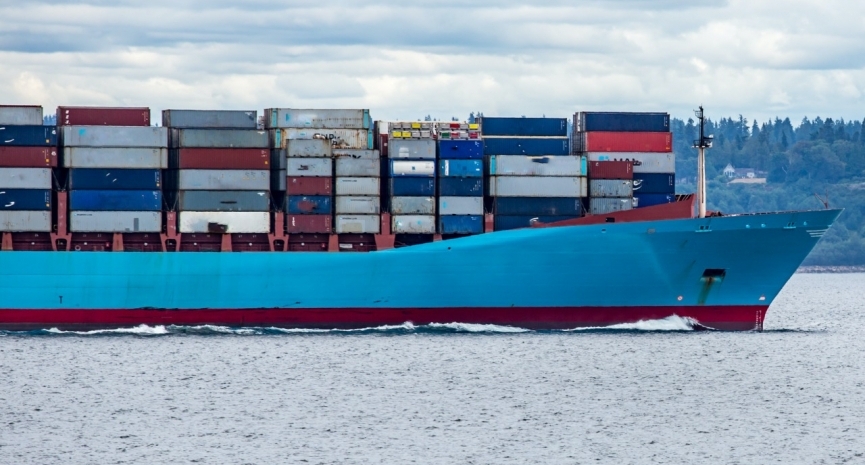Freight rates continue to climb, no decline in congestion at ports
2022 has been off to an ominous start for shippers - no let-up in climbing freight rates, port congestion globally at higher levels and demand continuing to increase in key markets like the U.S.

January 21, 2022: 2022 has been off to an ominous start for shippers - no let-up in climbing freight rates, port congestion globally at higher levels and demand continuing to increase in key markets like the U.S.
The Drewry’s composite World Container Index (WCI) increased 1.6 percent to $9,698.33/40ft container this week. This is 82 percent higher than a year ago.
"The average composite index of the WCI, assessed by Drewry for year-to-date, is $9,551/40ft container, which is $6,656 higher than the five-year average of $2,895 per 40ft container."
Spot rates on transpacific lanes have steadily been increasing for the seventh consecutive week, Drewry added."Freight rates from Shanghai–Los Angeles gained five percent to $11,197 Drewry is expecting rates to climb higher in the coming week.
No decline in congestion, K+N highlights 11.6mn TEU waiting days
Congestion across Los Angeles/Long Beach ports continues with 103 container ships backed up as of Thursday, January 20, 2022, according to information from Captain J. Kipling (Kip) Louttit, Executive Director, Marine Exchange of Southern California & Vessel Traffic Service Los Angeles and Long Beach San Pedro, CA.
The 103 total container ships backed up includes eight container ships at anchor or loitering inside 40 miles from the portsplus 95 slow speed steaming or loitering outside the Safety and Air Quality Area.
Kuehne+Nagel recently launched the Seaexplorer disruption indicator, and said the indicator reflects a waiting time and scale of 11.6 million TEU days. “In nine specific ports (Prince Rupert, Vancouver/Seattle, Oakland, Los Angeles/Long Beach, New York, Savannah, Hong Kong, Shanghai/Ningbo as well as Rotterdam/Antwerp), normal would be less than one million TEU waiting days. At present, roughly 80 percent of the disruption is associated with North American ports."
The Omicron variant of Covid-19 is impacting the number of dockworkers with estimates of 1 in 10 staying home (as of last week), says Flexport in its weekly market update.
"Shippers with urgent cargo or those working to replenish depleted inventories are willing to pay premium rates for scarce space although some softening is expected to be seen post-CNY."
Demand for space is increasing in the Indian subcontinent (ISC) as we are heading into the region's traditional peak from January to April. "This time period is the last quarter of India’s financial calendar where we see demand rise as manufacturers look to close their books strongly to end the year."
A slight increase is seen for the second half of January. Rates are expected to continue to climb into February as is typical during the ISC peak season, Flexport added. "Space to the USWC is and will remain a challenge into 2022. Port omissions on services to the USWC continue to cut capacity out of the ISC."
Source: itln.in


